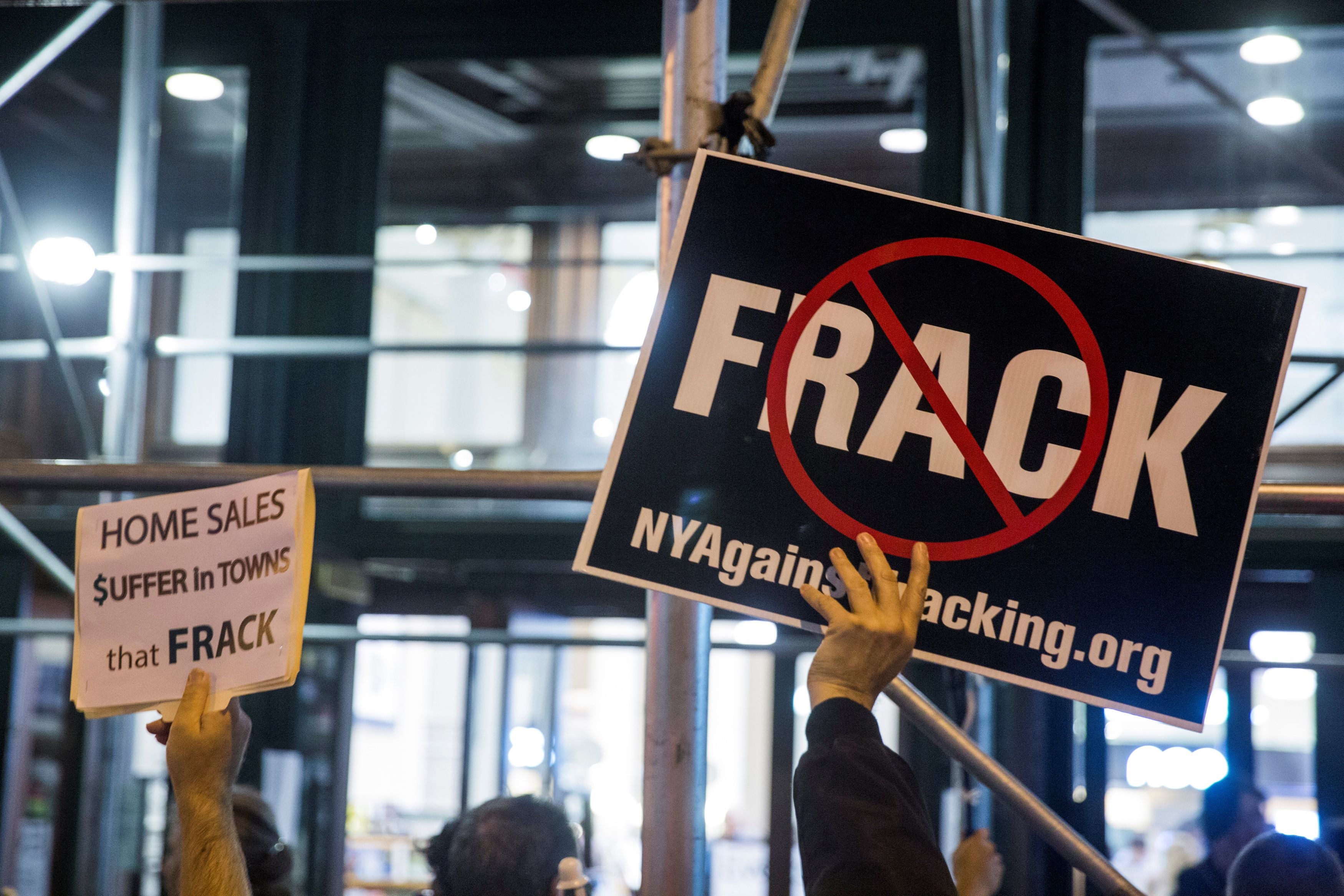Above normal levels of radiation downwind of fracking sites, Harvard study finds
The study found the biggest increases in radiation levels near drill sites in states like Pennsylvania and Ohio

Your support helps us to tell the story
From reproductive rights to climate change to Big Tech, The Independent is on the ground when the story is developing. Whether it's investigating the financials of Elon Musk's pro-Trump PAC or producing our latest documentary, 'The A Word', which shines a light on the American women fighting for reproductive rights, we know how important it is to parse out the facts from the messaging.
At such a critical moment in US history, we need reporters on the ground. Your donation allows us to keep sending journalists to speak to both sides of the story.
The Independent is trusted by Americans across the entire political spectrum. And unlike many other quality news outlets, we choose not to lock Americans out of our reporting and analysis with paywalls. We believe quality journalism should be available to everyone, paid for by those who can afford it.
Your support makes all the difference.Radiation levels downwind of US fracking sites are significantly higher than background levels, according to a new study from Harvard University.
The study, published on Tuesday, reveals concerning new details about hydraulic fracturing drilling sites and the potential health risk they pose to nearby residents.
Fracking has helped the US become the world’s biggest oil and gas producer over the past decade but has led to outcry from environmentalists over the risks it poses to water and air.
President Trump supports fracking because of its economic benefits, and his Democratic rival Joe Biden has promised to continue to allow it if elected, even though he aims to impose an ambitious plan to fight the climate crisis.
Areas within 20 kilometers (12 miles) downwind of 100 fracking wells tend to have radiation levels that are about 7 per cent above normal background levels, according to the study, published in the journal Nature.
Researchers examined thousands of the Environmental Protection Agency’s radiation monitor readings nationwide from 2011 to 2017.
The study showed readings can go much higher in areas closer to drill sites, or in areas with higher concentrations of drill sites.
“The increases are not extremely dangerous, but could raise certain health risks to people living nearby,” said the study’s lead author, Petros Koutrakis.
Radioactive particles can be inhaled and increase the risk of lung cancer.
Dr Koutrakis said the source of the radiation is likely naturally-occurring radioactive material brought up to the surface in drilling waste fluids during fracking, a process that pumps water underground to break up shale formations.
The study found the biggest increases in radiation levels near drill sites in states like Pennsylvania and Ohio that have higher concentrations of naturally occurring radioactive material beneath the surface, and lower readings in places like Texas and New Mexico that have less.
It also found less pronounced increases in particle radiation levels near conventional drilling operations.
Dr Koutrakis said further study was needed to determine whether the radiation was being released during the drilling process, or from wastewater storage nearby.
“Our hope is that once we understand the source more clearly, there will be engineering methods to control this,” he said.
Reuters



Join our commenting forum
Join thought-provoking conversations, follow other Independent readers and see their replies
Comments